If you are a homeowner, but especially a landlord or business owner, EICR is a term you may have seen bandied around. This post aims to simplify what an EICR is, what other names it comes under and the advantages (and potential disadvantages) of having an EICR carried out on your property.
In my career as an electrician, I have carried out hundreds, if not thousands, of tests on electrical installations so if you’ll allow me, I’ll spend a few minutes unwrapping what all the technical lingo really means.
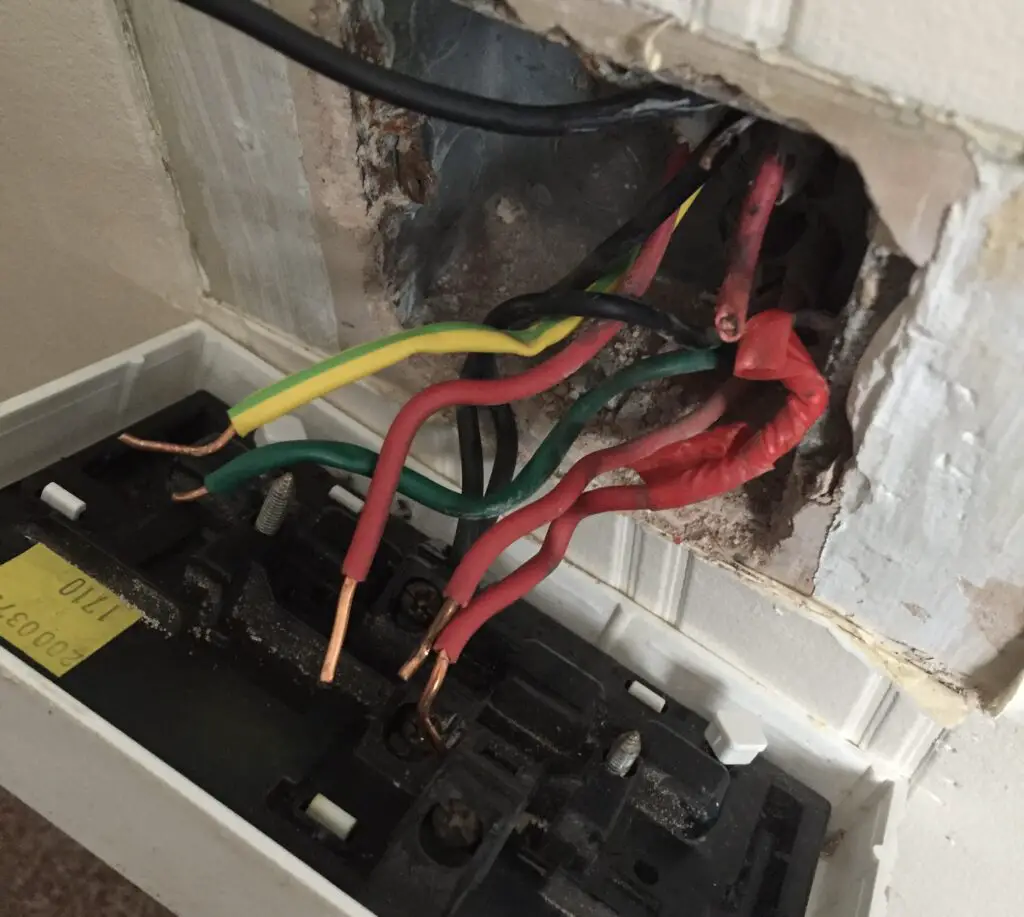
What is an EICR? (Electrical Installation Condition Report)
An EICR (Electrical Installation Condition Report) provides a detailed assessment of the condition of an electrical installation within a property. It is a document used by home and business owners to identify non-compliance with current electrical safety standards.
I like to call it the homeowners equivalent of having an electrical MOT done on their property. The idea is not to run around fixing everything there and then but to thoroughly inspect the electrical installation and provide the owner with a report so that they can make informed decisions.
The purpose of an EICR is to ensure that the electrical installation in a property is safe for continued use and complies with current electrical safety regulations. As the electrical safety regulations are continually evolving (ie making homes safer) it’s a great way for homeowners to find out about the new technology available. Fear not, some of these new technologies are really quite simple to implement if you choose to.
EICRs are typically valid for a certain period of time, such as 12 months, 5 years or a change of tenant. The location and nature of the property have the biggest impact on this time frame, with properties subject to greater wear and tear requiring more frequent inspections. The electrician carrying out the EICR will be able to advise on the retest period and will note it on the completed report.
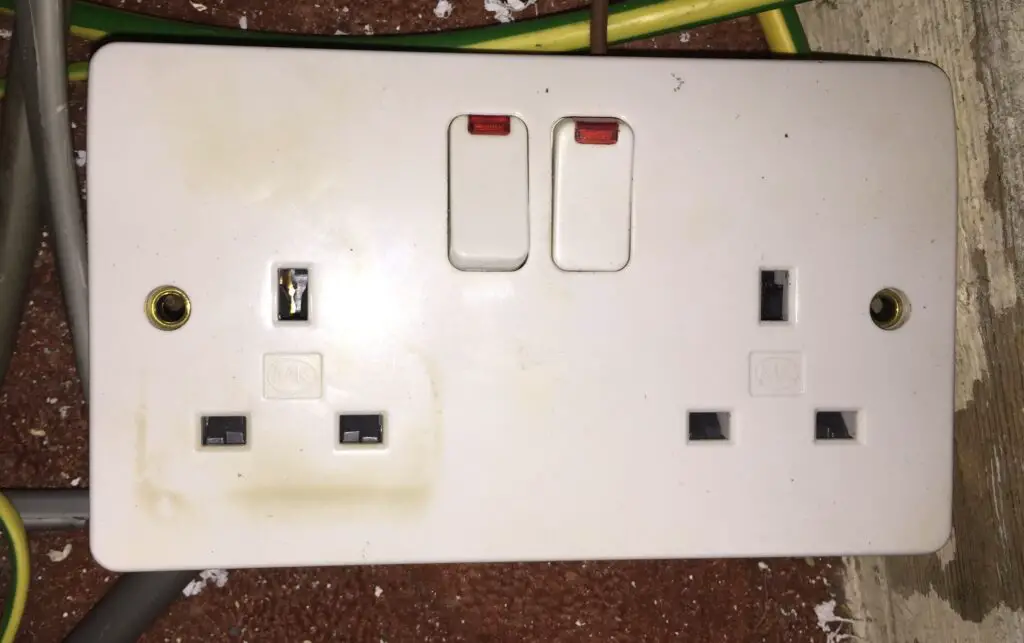
The Many Aliasis of the EICR
I believe some of the anxiety property owners feel towards the EICR is the number of different names that this electrical test can come under. For someone just starting to look into the issue it can be really confusing as websites (like this one) constantly switch between names which essentially mean the same thing.
Below is a list of other names to which the EICR is commonly referred;
- Electrical Condition Report (ECR)
- Periodic Inspection
- Electrical Safety Certificate
- Fixed Wire Testing
- Landlord Electrical Safety Test
- Homebuyer Electrical Report
- Electrical Compliance Certificate
- Electrical Test and Inspection
There are probably plenty more names I’ve missed off the list, especially those specific to each country, but generally, the purpose of the reports is the same, which is to thoroughly inspect the condition of the electrical wiring and produce a document that the owner can use to make informed decisions.
It’s worth remembering at this point that the onus to act on the report is with the person commissioning the report (ie the owner who is paying for it) The electrician carrying out the EICR is required to professionally carry out the report highlighting any defects, but it is the property owner who is responsible for arranging for the safe repair of those defects.
There is a caveat in the above statement and that is that an electrician cannot leave a dangerous defect unrepaired. For example, if they discovered a bare live cable during the test, they would have to make it safe. An unusual event but it does occasionally happen.
Does Your Home or Business Require an EICR?
Understanding who needs an EICR is a little nuanced and certainly dependent on location around the globe. Remember that the penalties are serious If you are required to have carried out an EICR and you have not. Negligent home and business owners are open to prosecution by the HSE, especially if someone has been hurt as a result of their negligence.
With that in mind, it’s essential that readers get professional advice to find out if, and how often they should be getting an EICR done. For Landlords, estate agents are a great place to start as they will be able to give the most up-to-date regulations alongside industry best practices.
The extract below shows information from the British government’s website
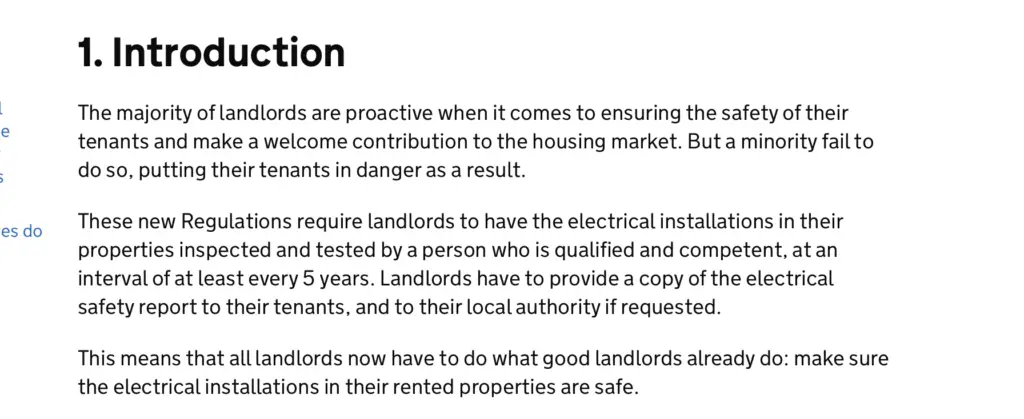
While at the time of writing it is not a legal requirement for private homeowners to have an EICR, there are still many safety benefits to having one carried out so it is still worth considering, especially if you have been in the house many years.
In my experience carrying out EICRs, we often find situations that can be resolved relatively quickly before becoming bigger issues. As my nan used to say, ‘a stitch in time saves nine.’
A general guide is that EICRs are typically required in properties where there is a duty of care towards the safety of other occupants and visitors. A rental property requires an EICR as the landlord has a duty of care towards their tenants in the same way a business owner has a duty of care towards their employees and customers.
However, I wonder what would happen if a friend visited your private home and they got an electric shock. Could they sue the homeowner for breach of duty of care? Apart from the fact it’s unlikely they would be your friend anymore, I wonder if they would have a case? I’m not a solicitor so I don’t know just pondering aloud.
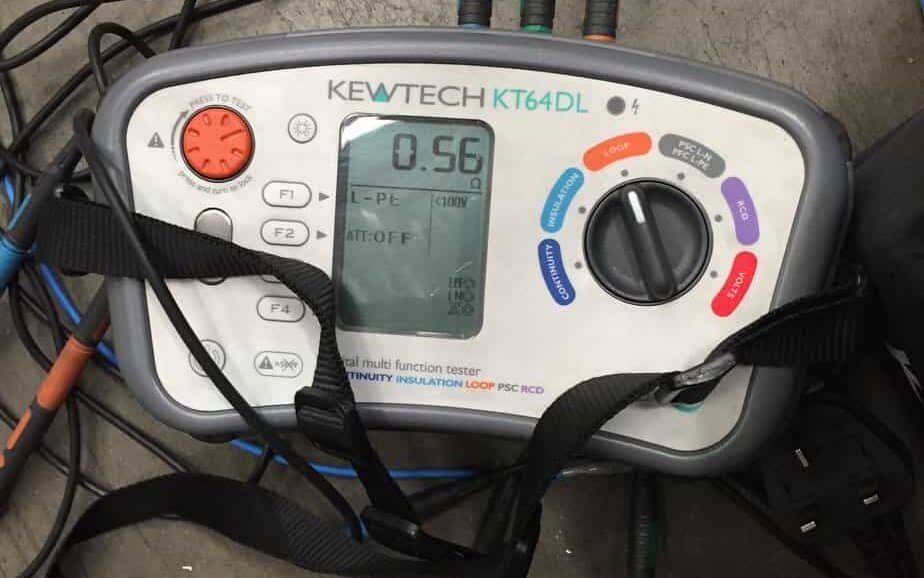
Are There Any Disadvantages to Getting an EICR?
As we have looked at the advantages of getting an EICR it seems only right to take a brief look at some of the drawbacks
Cost
Electricians will typically charge either a full or half days rate to complete an EICR depending on the size of the property. Depending on location, this can equate to around £150 to £250 for the inspection.
Disruption
Although not as disruptive as some electrical work (rewires for example) EICRs do still cause disruption to owners and occupiers as the power will need to be turned off intermittently during the inspection.
The electricians will also need access to all areas of the house, something that upsets grumpy teenagers in the morning when their parents have to inform them we need access to their bedrooms to check the wiring in there!
False Sense of Security
An EICR is a thorough test of the wiring within the property but it is not a complete guarantee that everything is ok. There are limits to what can be assessed. As an example, cables buried in the walls cannot be visually inspected for damage.
On a condition report, we will often see the use of the letter L, standing for limitation. This means that the electrician carrying out the test was unable to complete this test for some reason (perhaps that grumpy teenager refused to leave their bedroom)
Limitations are a really important part of choosing a trusted, qualified local electrician. Good quality electricians will make an extra effort to test and verify as much as possible. Lesser electricians may use limitations as a get-out clause for putting little effort into the test.
Potential for Needing Repairs
It’s highly likely that the EICR will find issues that require addressing. This is perfectly normal, especially if the installation is reasonably old. Home and business owners now face the prospect of needing to have those issues addressed and the problems rectified.
To make things simple, the electrician carrying out the EICR is often happy to quote to put the defects right and costs are often not as high as customers first fear.
Although there are a few negatives to having an EICR, the pros far outway the cons. The alternative option of not carrying out the condition report is the equivalent of burying our heads in the sand and hoping the problems go away.
If you are a business owner or landlord there is a legal requirement to ensure the electrical wiring is up to scratch and safe.
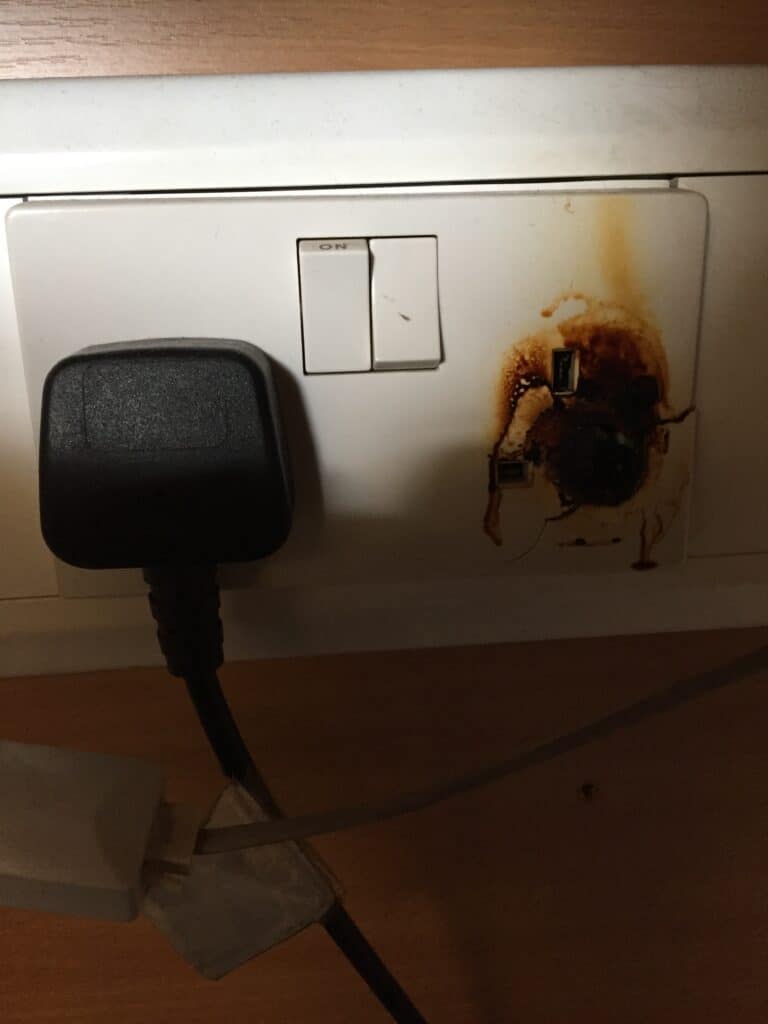
Addressing Issues Found During an EICR
The codes and numbers that are written on the EICR are unlikely to mean much to most property owners. The electrician carrying out the report should spend some time afterwards (perhaps over a welcome cup of tea!) discussing the report with the customer.
For owners who want to clarify information, there is also lots of additional info on this site, under the category of electrical safety inspection, which can help. Ultimately choosing an electrician that we trust and listening to their advice is the best way forward, after all, it is their name and signature on the test form, meaning they take personal responsibility if there is an error.
Choosing an EICR Provider
When it comes to choosing an electrician to carry out an EICR all companies are not created equally. Below is a checklist of important points to clarify before issuing instructions to carry out the work.
- Is the electrician fully qualified? Ask to clarify their credentials, most qualified electricians will carry a ‘gold card’ demonstrating they are competent.
- Is the electrician a member of an approved body such as NICEIC or NAPPIT? These bodies have strict barriers to entry so ensuring the electrician is a member of one of these is important (based on the UK, other countries may vary) They also have functions on their websites to search for one of their registered contractors.
- Have we received multiple quotes? Multiple quotes should always be sought (at least three IMO) However, this can be a double edge sword as the cheapest quote doesn’t mean the best. Cheaper prices can mean the electrician will rush the EICR and the report will be filled with limitations and errors.
- Has the electrician been recommended? One of the best ways to find any local tradesmen is through word of mouth. Google reviews can be misleading but friends and family tend to give honest reviews. Sometimes it’s worth waiting a while for a recommended electrician to become available.
The list above is by no means exhaustive but should help when choosing an EICR provider. Going with reputable, local tradesmen is always best as they will be working in your home or business requiring access to all areas of the building so trust is vital.
Overall I would recommend that everyone have an EICR carried out on their property as electrical safety is of huge importance and can save a lot of heartache in the long run.

